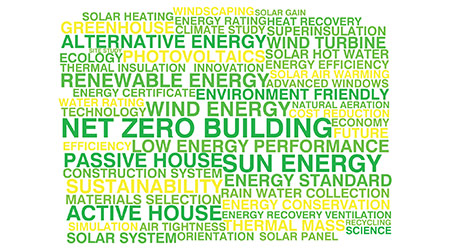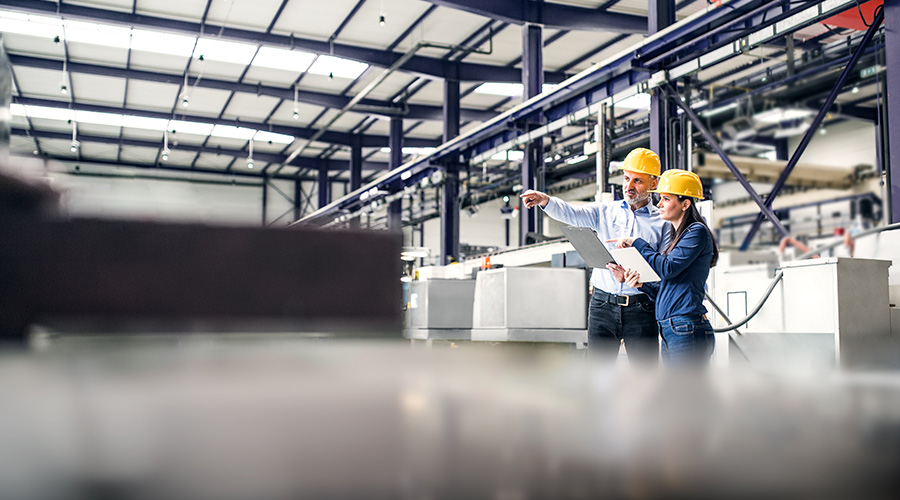Today the goal of net-zero energy buildings, districts, and communities is now financially realistic for many project types, sizes, and contexts, according to an article from Building Operating Management on the FacilitiesNet website.
Increasingly stringent building codes, the decreasing cost of photovoltaics, innovative green financing mechanisms, new frameworks to guide the design process from benchmarking to completion such as Zero Tool, Zero Code, and 2030 Palette, and technologies bringing net-zero buildings into the smart building space, such as fault detection and diagnostics, all make this possible.
As a result, we are now building not just net-zero energy, but net-zero carbon buildings, and the goal of net-positive isn’t far off. Whatever the details of the mathematical equation (zero or positive, energy or carbon), the most significant lesson learned from a decade of net zero is that the effort doesn’t stop at the ribbon cutting.
The most important phase in a net-zero energy building starts when people move in. A net-zero energy building is an operational goal in addition to a design and construction framework. Leveraging basic principles of integrated design, advanced technologies such as parametric analysis, and elevating the role of post-occupancy commissioning are key to its success.

 State of the Facilities Management Industry in 2025
State of the Facilities Management Industry in 2025 City of Hope to Open New Cancer Specialty Hospital in California
City of Hope to Open New Cancer Specialty Hospital in California Montefiore Einstein Opening New Inpatient Center for Youth in the Bronx
Montefiore Einstein Opening New Inpatient Center for Youth in the Bronx Skill Stacking: How Micro-Credentials Are Reshaping Trades
Skill Stacking: How Micro-Credentials Are Reshaping Trades Prima Medicine Opens New Location in Tysons, Virginia
Prima Medicine Opens New Location in Tysons, Virginia